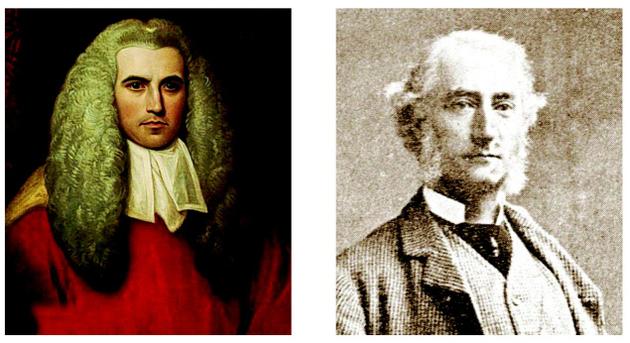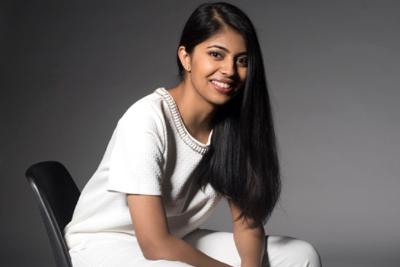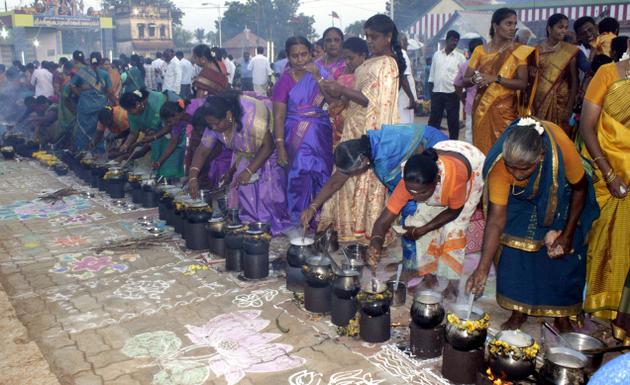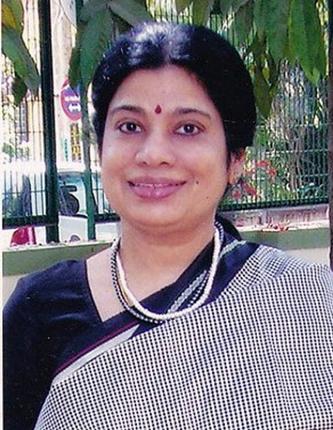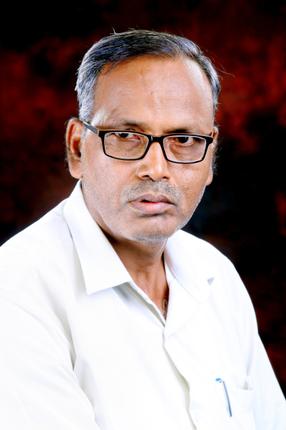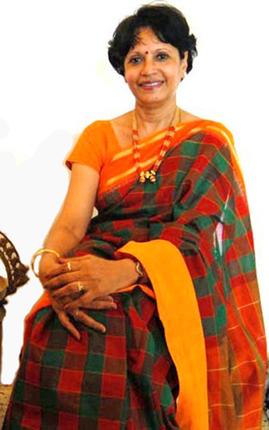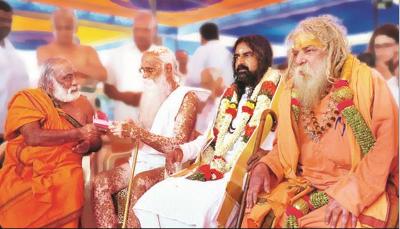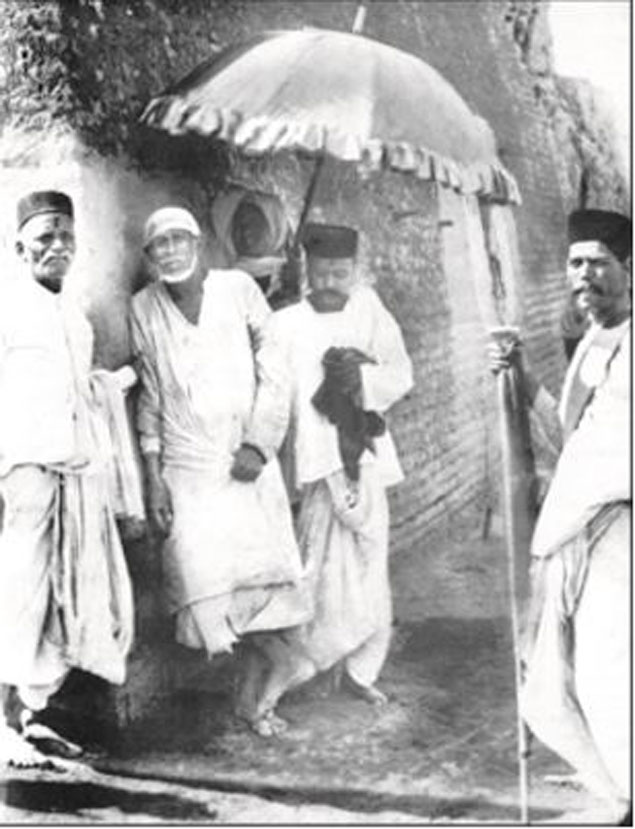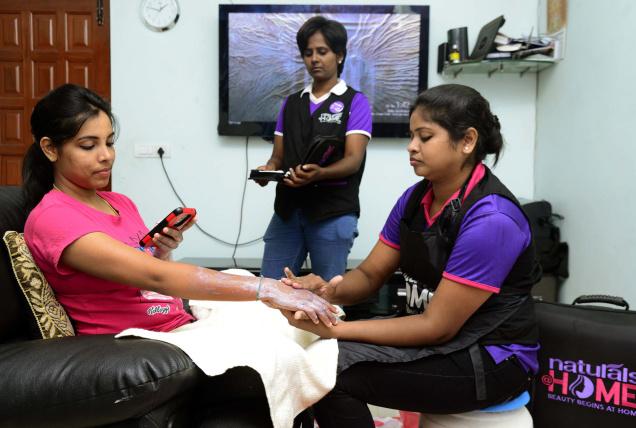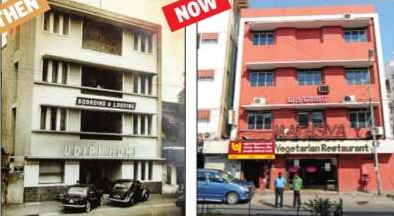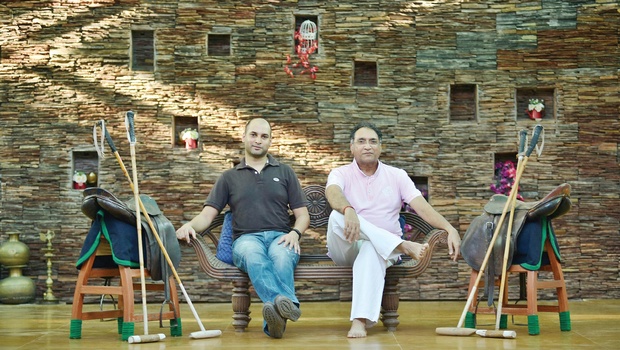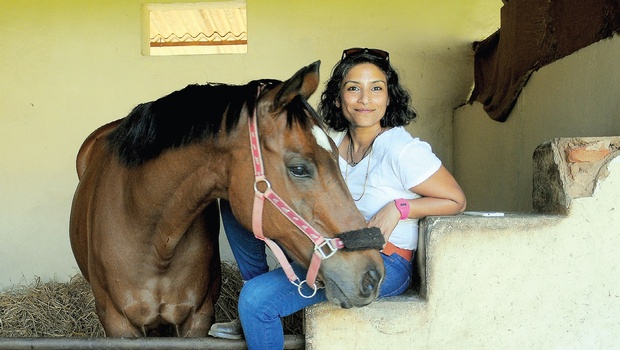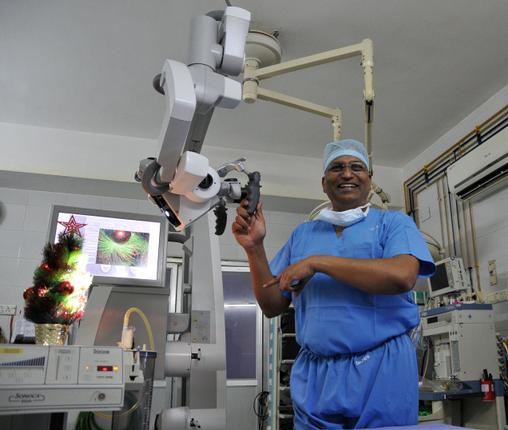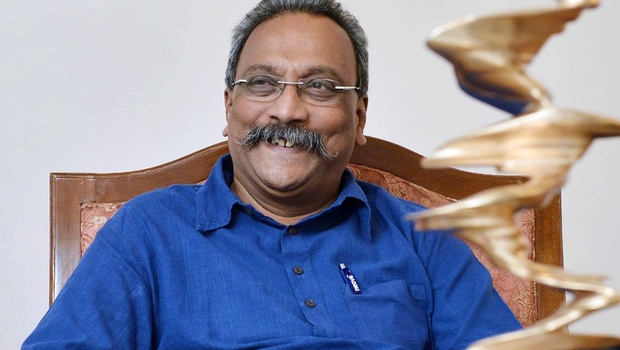Laying down Hindu Law
I was recently asked by a reader who the first Indian Principal of Law College was. I’m afraid I have no answers, so I pass on the question to the readers of this column. The question, however, set me wondering on who was the first Professor of Law in Madras. The answer to that is a little easier. When the oldest college in the South, Presidency, Madras, started, one of its first faculties was the Law Faculty and its sole lecturer was John Dawson Mayne, who had been invited from the UK to head it. At Presidency, he took his classes in the evening, so that he could appear in court in the mornings.
While practising in London in the 1850s, Mayne wrote a book titled Damages and ‘Mayne on Damages’ is still, I’m told, considered an authoritative work. However, certain remarks he had made in it led to solicitors in London boycotting him and his, as a consequence, accepting the Professorship of Law at Presidency. In India, he became fascinated with Hindu Law and made himself an authority. From 1863 to 1878 he worked with translators and eventually brought out a voluminous treatise on Hindu Law, still considered authoritative. Also considered “indispensable” to every lawyer practising in an Indian criminal court was Mayne’s commentary on the Indian Penal Code.
Mayne’s work on Hindu Law was, however, not a pioneering work, I discovered recently when reading a book of brief biographies of the Chief Justices of Madras during the British period, by V N Srinivasa Rao, an Oxford-educated Barrister who wrote articles and commentaries regularly to various law magazines, mainly in the 1950s and 60s. The pioneer was Sir Thomas Andrew Lumsden Strange who came out in 1798 to head the newly established Recorder’s Court which succeeded the Mayor’s Court. When the former institution was succeeded by the Supreme Court, forerunner of today’s High Court, Sir Thomas in 1801 became its first Chief Justice, a position he held for 15 years. Returning to England in 1817 he began reflecting on Hindu Law and decided to write a book on it. His Elements (of Hindu Law) was published in 1825. But when he sat down to work on a second edition and wrote to several legal luminaries in Madras asking for additional inputs, none replied. In his preface to the 1830 edition, Sir Thomas wrote in sorrow, “In preparing the present edition… the author has no acknowledgements to make in any quarters, for assistance, or suggestion, though invitation, and even solicitation, on his part, has not been wanting.”
The significance of Sir Thomas’ contribution was recognised by Mayne in 1859 when he wrote, “In fact, Sir Thomas Strange’s treatise has done more than merely collecting the authorities upon the Hindu Law. It has settled the Law. Few will search for themselves through Manu and Mithakshara when they find the substance brought out in the masterly English of the Chief Justice of Madras.” I wonder how many in the legal profession in the city recognise today Sir Thomas Strange’s contribution.
***
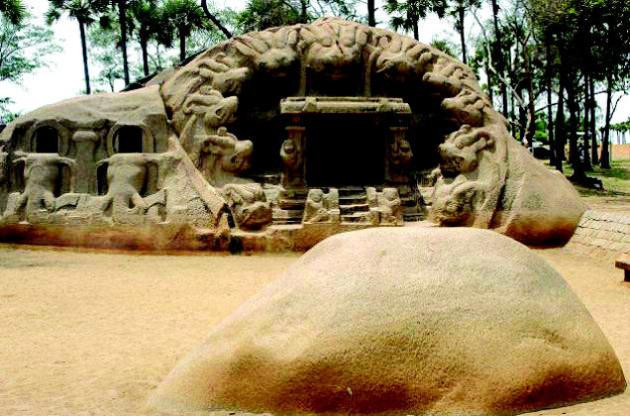
The cave in the kuppam
I had in Miscellany April 25 wondered why no prominence has been given to Saluvankuppam as a destination to also be visited by those going to see that open air museum of rock sculpture that is Mahabalipuram. I wouldn’t have if I had not been confused by Sir Walter Elliot’s description of the place. Saluvankuppam is Tiger’s, or Yalis’, Cave where most visitors stop for a while before proceeding south, three miles further, to the main sculptures. There is also a small signboard at the site saying Saluvankuppam, writes Dr. R.K. Natarajan in setting me straight.
Natarajan adds that the kuppam in ancient times was known as Tiruveluchiyur and the sculptures there, including the Athirachanda Mandapam a few yards north of Tiger’s Cave, were created during the reign of Rajasimha, the son of Mahindra Varma Pallava, according to that modern authority on Mahabalipuram, R Nagaswamy. Natarajan adds that there are “two inscriptions here, one in Pallava-Grantha on the southern flank and the other in Nagari on the northern flank.” Both are in praise of Rajasimha.
This information had me searching for a beautiful thin landscaped-sized guidebook on Mahabalipuram that TT.MAPS had produced many decades ago, with photographs by M. Purushothama Rao and script by veteran journalist M C Subrahmanyam. In it, ‘MC’ wrote, “Another attractive monument called the Tiger’s Cave is in Saluvankuppam, a sea-coast village three miles to the north of Mahabalipuram. We see here an enchanting mandapam behind the facade of gigantic, prancing yali-s. To the south of Tiger’s Cave is Athirachanda Mandapam with the bas relief of Somaskanda. Very near the mandapa is a very beautiful sculpture depicting Durga’s fight with Mahishasura. The theme is the same but the artist has exhibited his skill by introducing a number of interesting changes.” Sad, I’d forgotten all this, for I had been the publisher of this guide book!
Trying to learn more about Tiger’s Cave, I searched and found my 40-year-old copy of Michael Lockwood, Gift Siromoney and P Dayanandan’s Mahabalipuram Studies. It did not take me much further than a questioning of Rajasimha’s ownership of the work in much of the Mahapalipuram area. But it did throw up a surprise. They write, “Although these monuments and their figures are all carved out of stone, yet every inch would have been covered by the artisans with a thin layer of fine, white plaster and then painted… All of the human and animal figures would have been painted so as to impart a startling realism to them. The paint, of course has disappeared except for traces.”
They refer in a footnote to a letter they had written to The Hindu in January 1970, “…we three adults (were) craning our necks and peering intently at the upper reaches of the ‘Rathas’… On the basis of a little detective work, we were imagining in our mind’s eye… the ‘Rathas’ completely covered outside and in with bright colours of paint… Imagine the many graceful figures which people the niches of these temples rendered in life-like colour… Imagine the great panel of ‘Arjuna’s Penance’ alive with colour… Everywhere… the unmistakable traces of plaster and paint which have survived more than perhaps a thousand years of weathering… are quite evident.”
Every day a new surprise comes into my life as I work on this column. I had always thought that painting stone sculptures was a new phenomenon.
***
When the postman knocked…
M S Sethuraman’s reference to ‘excommunication’ of Mahatma Gandhi and Dr. Swaminadhan had D R Santhanam recalling another such incident. He recounts how his paternal grandfather, Anni Seitlur Venkatachari, Village Munsiff of Dusi Mamundur near Kancheepuram and head of 24 families belonging to the Ahobila Mutt, ‘excommunicated’ the family of his younger brother, a District Judge, because he sent his daughter to the UK for higher studies in 1928-29. There, after post graduation, she became private secretary to Lord Louis Mountbatten and came out to India with him when he was appointed Viceroy. After World War II he sent her with the team that went to Japan to facilitate the release of Indian prisoners-of-war. When she eventually returned to Madras as a spinster she wished to adopt one of my correspondent’s brothers but their father said ‘no’, adhering to the ostracism of the past. She then adopted a boy called Narasimhan, who fared well in life and when Dr. D S Rajalakshmi died, he respected her wishes and founded a women’s college in her name in Tiruvallur. The college flourishes, but how many know the background of the person after whom it is named?
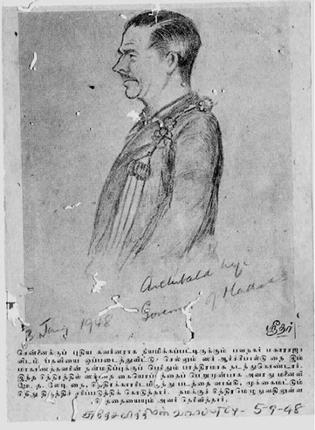
Another reader, Arun Prakash, recounts another incident he recalled after seeing my mention of Governor Sir Archibald Nye in this column on April 9. Bharanidharan (T S Sridhar), a well-known writer and artist with Ananda Vikatan, had sought a sitting with the Governor to do a drawing of him. Lady Nye watched the proceedings carefully. But as Bharanidharan handed his finished drawing to Sir Archibald for his autograph, Lady Nye interrupted: “That nose is not quite right,” she said and taking Bharanidharan’s drawing pen, she made a minor correction to Nye’s nose. “I too do a bit of sketching,” she had said. The accompanying sketch was published together with this anecdote in theSwadesamitran of September 5, 1948 — as my illustration shows.
Harvard Prof. David R Armitage’s request for information about University of Madras’s Law Professor Alexandrowicz brought me a press cutting from the Alliance Francaise. The cutting from The Hindu of August 14, 1953, states that Charles Henri (the French connection?) Alexandrowicz was elected the first President of the Alliance Francaise. It goes on to list the first office-bearers as follows: Vice-President: Rev. Fr. Charles Racine S.J., Professor of Mathematics, Loyola College; Secretary General: Mrs. Marcella Hardy; Joint Secretary: Dr. V. S. Krishnan, Professor of Mathematics, Madras University; Treasurer: Mr. S S T. Chari, Director of Best and Co.; Members: Mr. M V Subramaniam, I.C.S.; Mr. D. Padmanabhan, I.C.S.; and Mr. W Wolff. Surely there is some kin of theirs who could help out Prof. Armitage. And in passing, I might mention that Chari was the mentor at Best & Crompton of K R N (Ravi) Menon, who is the present President of the Alliance Francaise.
source: http://www.thehindu.com / The Hindu / Home> Features> MetroPlus / by S. Muthiah / Chennai – May 14th, 2016
